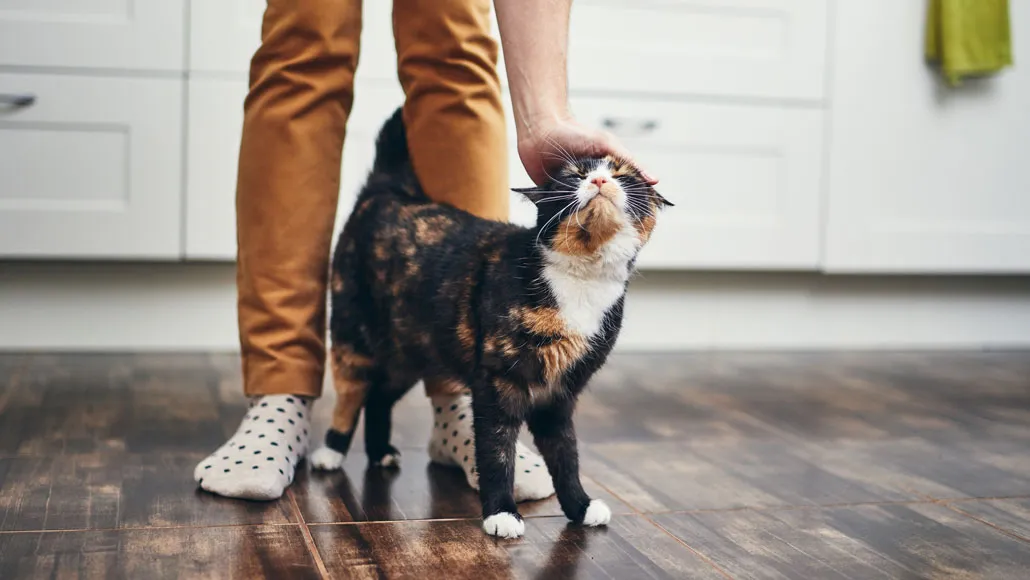Cats may have ‘attachment styles’ that mirror people’s
Sixty-five percent of felines formed secure bonds with their owners, a study finds

Most cats in a new study are secure attachers, researchers say, meaning the felines are comforted by the return of their owners after a brief absence and continue playing.
Chalabala/iStock /Getty Images Plus